 - minute read
- minute read
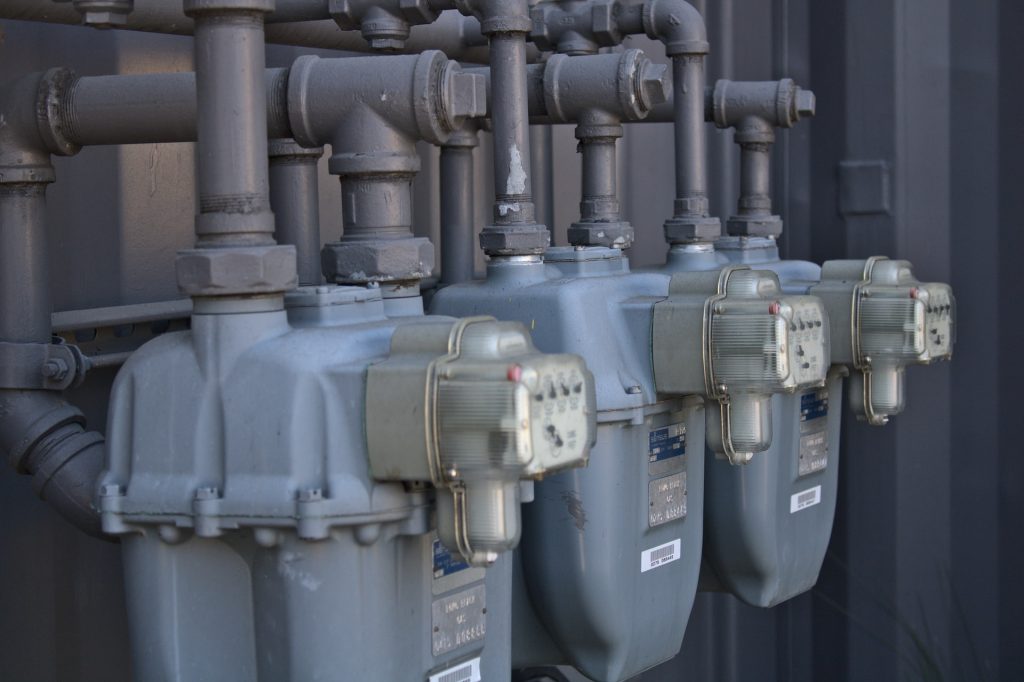
Sending regular readings to your suppliers is important as without them, they’ll be forced to estimate your usage, which could result in higher utility bills. If you need help in taking meter readings for gas and/or electricity then you’ve come to the right place. We’ve gone through how to read a gas meter and electricity meter, along with the process of submitting meter readings.
Navigate our article on meter readings:
A digital metric meter will either have a digital or electronic display. This display will show 5 numbers, followed by a decimal point and more numbers.
To read a digital metric meter, you need to:
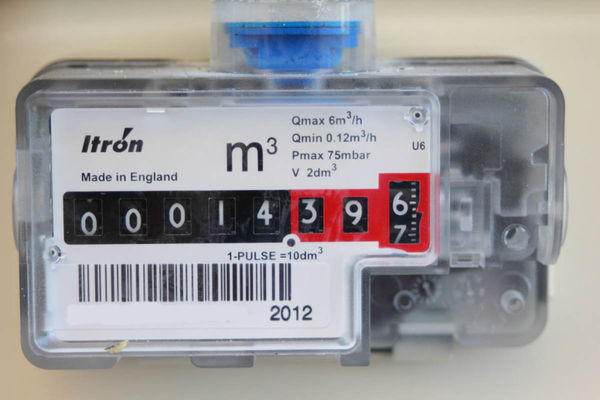
A digital imperial meter will also have either a digital or electronic display. This display will show 4 black or white numbers, followed by a further 2 numbers in red.
To read a digital imperial meter, you need to:
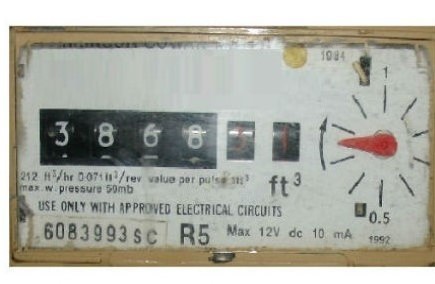
A gas dial meter has 4 or more dials. These dials each point to a number between 0 and 9. Each dial on your meter will turn in the opposite direction to the ones on either side of it. Some dial meters begin with a clockwise dial and others begin with an anti-clockwise dial, so be sure to carefully check each one.
To read a dial meter, you need to:
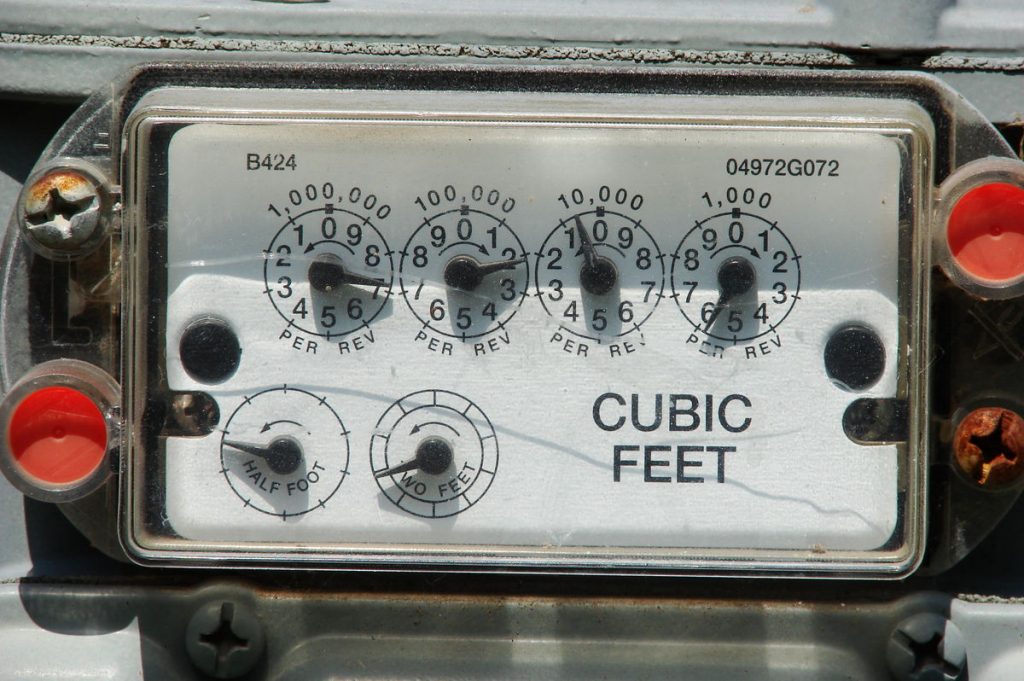
A single rate digital meter will either have a digital or electronic display. This display will show 5 numbers in black or white, followed by 1 or more red numbers (though these red numbers don’t always appear).
To read a single rate digital meter, you need to:
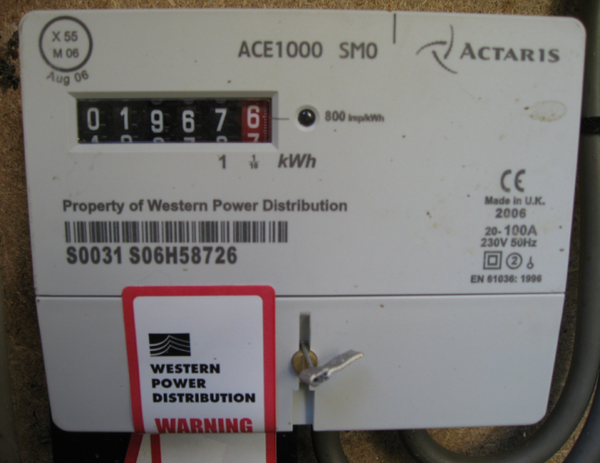
You’ll have a two rate digital meter (also called a dual-rate digital meter) if you get cheaper electricity during certain times of the day. This variance means there’ll be two rows of numbers. The top row (labelled as ‘low’ or ‘night’) shows how much cheaper electricity you’ve used, whereas the bottom row (labelled as ‘normal’ or ‘day’) shows how much standard electricity you’ve used.
To read a two-rate digital meter, you need to:
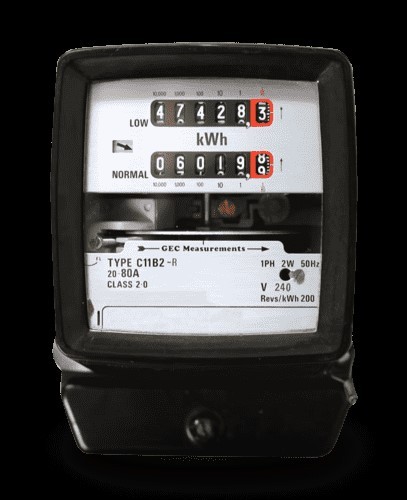
Some two rate/dual-rate meters only have one digital display. This is because they’ll either flash through the different readings in a cycle or have a button that allows you to navigate through them.
To read a two-rate single display meter, you need to:
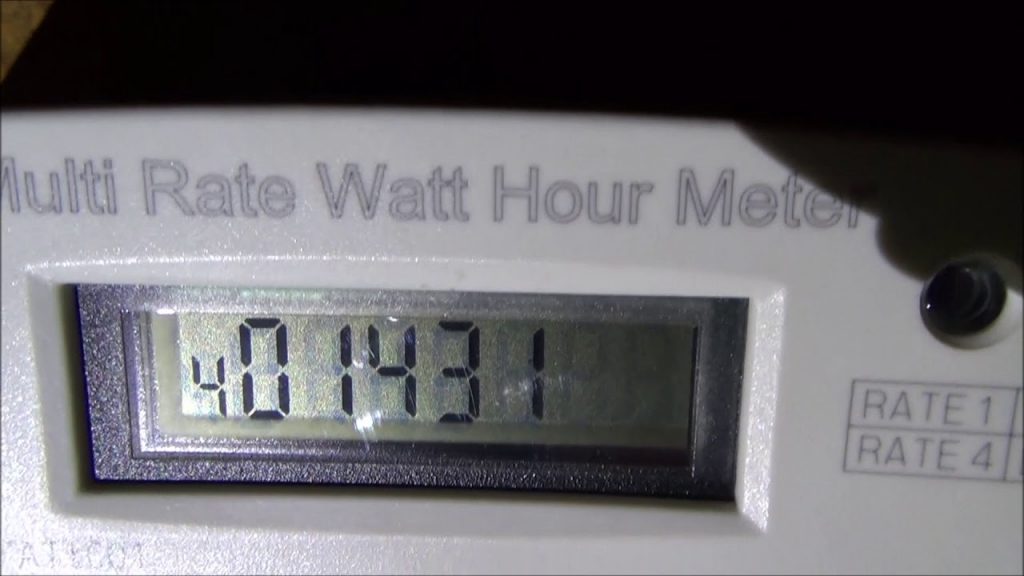
An electricity dial meter will have five or more dials. They’ll each point to a number between 0 and 9. Each dial on your meter will turn in the opposite direction to the ones on either side of it. Some dial meters begin with a clockwise dial while others begin with an anti-clockwise dial, so be sure to carefully check each one.
To read a dial meter, you need to:
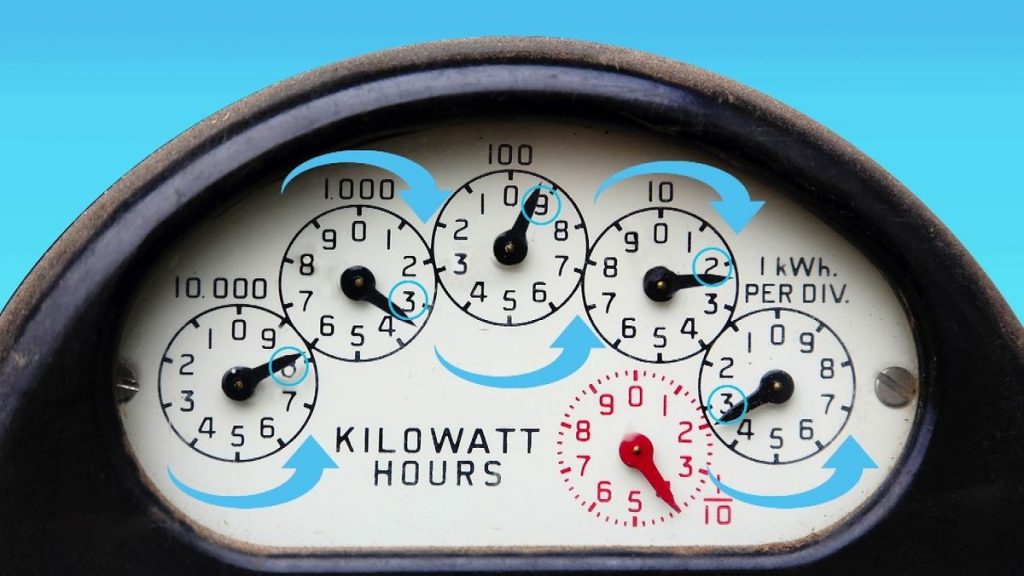
The more regularly suppliers receive gas and electricity readings, the more accurate your bills will be. Without regularly readings, they’ll be forced to estimate your usage which may lead to higher bills.
If you have a smart meter, then readings should be automatically sent to your supplier on a regular basis (with every month being the minimum). If they have a function for doing this through their website or on an app, then these methods are probably the quickest. Otherwise, all you need to do is call your supplier to give them the readings.
When it comes to setting up and paying for bills like gas and electricity in a rented home, there’s a much easier solution. Resooma Bills bundles all your bills into one easy payment, including utilities, wifi, TV and council tax. If you’re living in a shared home, we then equally split bills between you and your housemates, so there’s no need to worry about any awkward chats or having to chase people up for their share.
Rather than having multiple direct debits leave your bank account each month, you’ll just have one bill to pay, with each housemate being responsible for their share. Setting up and managing bills can feel like a daunting task, which is where our shared bill packages come in useful. Let us handle the stress for you!



All your utility bills in one monthly payment, split between housemates
Get a quote


All your utility bills in one monthly payment, split between housemates
Get a quoteFinding his article helpful? We’ve got plenty more helpful articles on there way. Join our Savvy Sunday mailing list